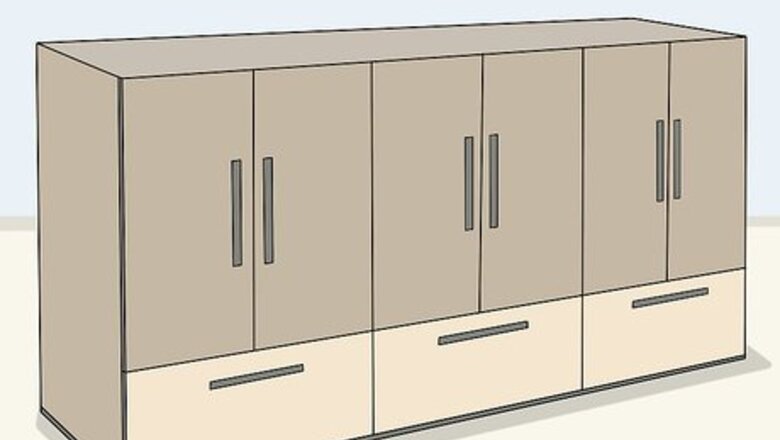
views
- To move the door vertically, turn the upper and lower screws counterclockwise until you can move the door up or down. Tighten them back up when you’re done.
- Turn the rear screw counterclockwise to move the door away from the cabinet frame. The more you tighten the screw, the closer the door will move back toward the frame.
- Rotate the hinge screw closest to the door to shift the door horizontally. Turning it counterclockwise moves the door back toward the hinge.
Checking the Position of the Doors
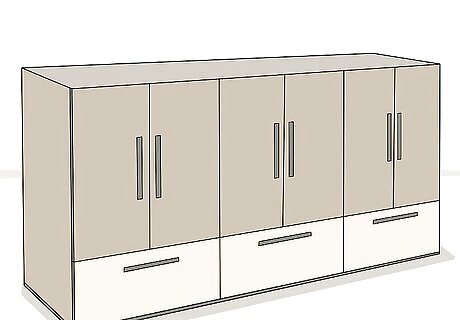
Close the cabinet doors and look at their positioning. It will help you determine what kind of adjustments you need to make. First, check that each door lines up with its neighbors. Look for any doors that look too high, too low, have a gap between them, or overlap one another too much. Make sure the doors close all the way as well. Note all the problems with each door’s positioning, since some of them may require a couple of adjustments. For example, one could be crooked and also need to be raised. Plan on tackling the adjustments one at a time.
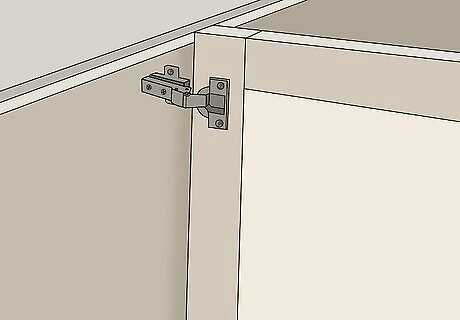
Open the door wide so that you can access the hinge. Each door has a hinge mounted to it and the inside surface of the cabinet. Swing the door all the way open to fully extend the hinge. You will then be able to reach the screws on the inner part of the hinge. Euro-style hinges connect to a plate mounted on the cabinet door. You will see a pair of screws securing the plate to the door, but they don’t control the hinge at all. They are only there to hold the hinge in place.
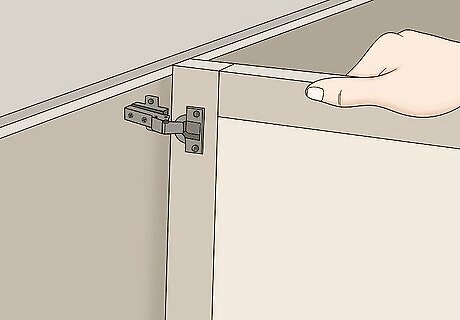
Hold the door steady before you begin adjusting it. Adjusting Euro-style hinges is easier when you have another person holding onto the door. Let someone else brace the door while you loosen the screws. They can prevent the door from falling out of alignment and allow you to reposition it once it is able to be moved. If you’re working alone, you can still take care of the adjustments. However, keep a firm grip on the door at all times in case it comes loose.
Repositioning a Standard Euro-Style Cabinet Door

Use the upper and lower screws to move the door vertically. Each hinge has a pair of screws oriented vertically. One will be above the hinge and the other will be below it. Turn these screws counterclockwise to loosen them until you are able to move the door up or down. Tighten the screws back up when you’re done with the adjustment. Try to keep the door flush with the bottom of the cabinet and about 4 mm (0.16 in) from the top of the cabinet. That is the perfect height for most cabinet doors. The door will be unsteady when you loosen the screws for this adjustment, so keep a firm grip on it until you’re done tightening them again.
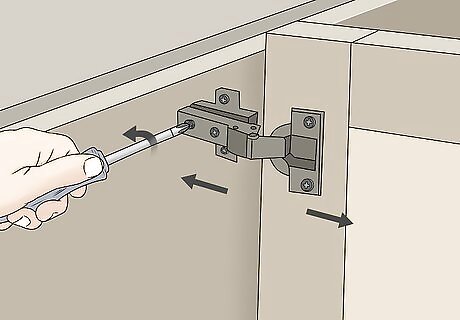
Adjust the rear screw if you need to move the door in or out. The screw responsible for in and out adjustments is furthest from the door. Turn it counterclockwise to move the door away from the cabinet frame. Tightening it will move the door back toward the frame. Ideally, there should be a gap of 1 mm (0.039 in) between the door and frame on most cabinets. After retightening the screws, you can test this by shutting the door to see if it glides closed smoothly. Adjust the hinges in this direction one at a time to prevent the door from falling out of position. If you loosen them all at once, support the door.

Turn the innermost screw to shift the door horizontally. Rotate the hinge screw closest to the door. Turning it clockwise moves the door closer toward the far side of the cabinet frame. Turning it counterclockwise moves the door back toward the hinge. Keep making minor adjustments to center the door on the frame and reduce any gaps between adjacent doors. For example, adjust the screw to move the door over. Leave a 1 to 2 mm (0.039 to 0.079 in) gap between this door and the next one. If the door isn’t hanging straight, adjust the top and bottom hinges in different directions.
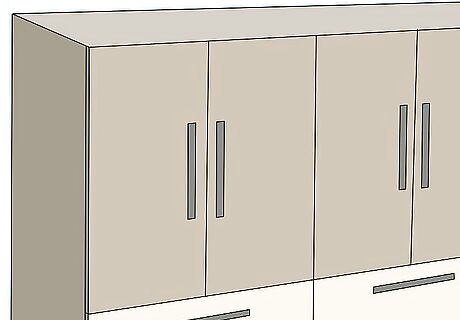
Close the cabinet doors after each adjustment to check your progress. Make gradual corrections to avoid throwing the doors out of alignment. After turning the hinge screws, shut the door, take a step back, and check the door’s positioning. Open it back up if you need to make further adjustments. Although shutting the door so often can seem tedious, it helps prevent the door from moving too much. Take it one adjustment at a time so you don’t end up needing to make big corrections later.
Adjusting a Door with a Soft-Close Hinge
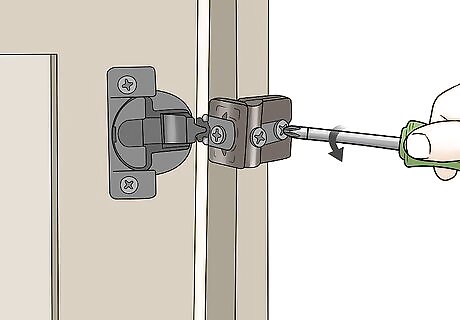
Turn the first screw to shift the door horizontally. With the door open, look for a single screw along the front edge of the hinge. Expect it to be facing out from the hinge toward you. Use a Phillips screwdriver to twist it. The door slides to the left when you turn the screw counterclockwise and to the right when you turn it in the opposite direction. Although the soft-close type of Euro-style hinges have multiple screws, they are always in the same order. You will see them in a line on the cabinet side of the hinge.
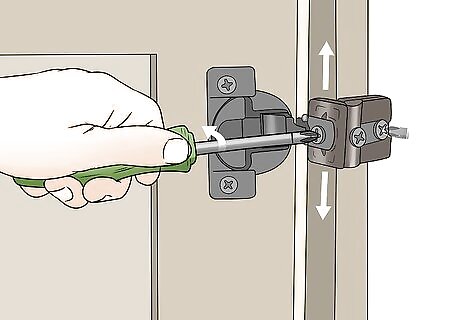
Adjust the middle screw to move the door up and down. Look for the vertical adjustment screw in the center of the hinge, usually recessed inside of it. Reach in with a screwdriver to loosen it by turning it counterclockwise. Once you have the door where you want it, tighten the screw back up. This screw is easy to reach with an ordinary screwdriver. It isn't recessed deeply at all, so finding it isn't a problem.

Use the third screw to move the door in and out. The third screw is close to the hinge’s back edge inside the cabinet. Turn the screw counterclockwise to move the door out toward you. Twist it clockwise to push the door back in toward the cabinet. Use it to center the door in the frame. Watch the gap between the open door and the cabinet. You can use it as a reference to determine when the door is in the right place.
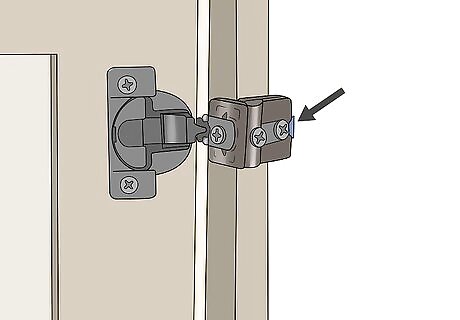
Move the hinge tab to set the door’s closing resistance. Check the part of the hinge attached to the door. You should be able to spot a small plastic tab inside the mounting plate. You can pull the tab out or slide it back in to change how smoothly the door closes when you try shutting it. Depending on how heavy the cabinet door is, one setting may be better than another one. Push the tab all the way in if you have small, light doors. This setting allows the door to close almost all of the way before the tab catches it and lets it close softly. The medium setting is fine for most cabinet doors. Pull the tab halfway out for it. If you have big, heavy doors, slide the tab out as far as you can.
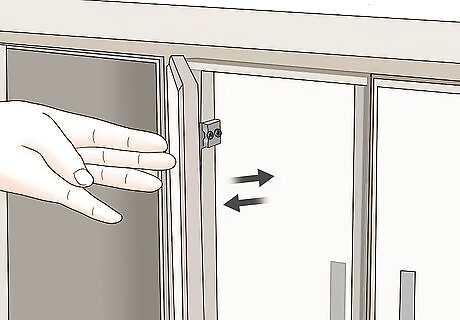
Open and close the door once to finish the adjustment. Shut the door, open it all the way up, and then close it again. Cycling the door this way resets the hinge’s tab so it works according to the adjustments you made. Check the door’s positioning as well to determine if you need to make any additional adjustments. If the door doesn’t close smoothly, then you may need to move the tab to a different setting. Use the screws if you need to reposition the door over the cabinet frame.












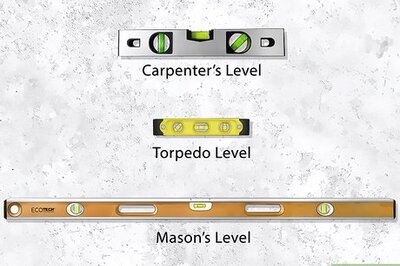


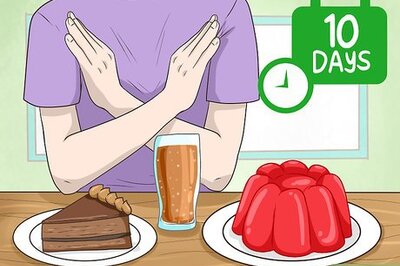




Comments
0 comment